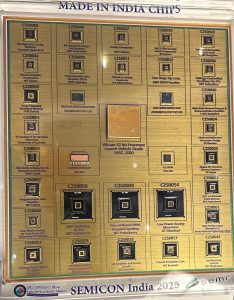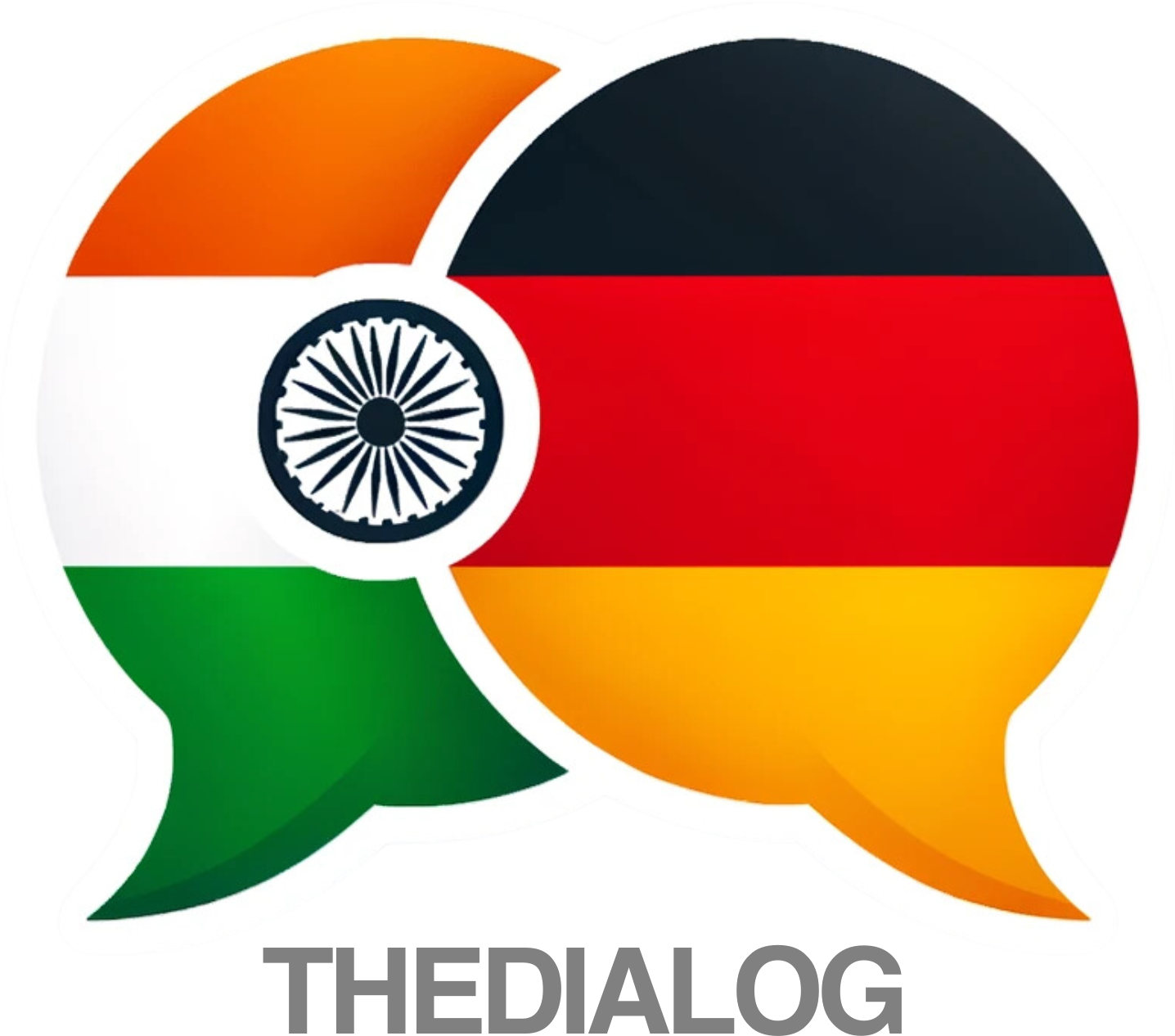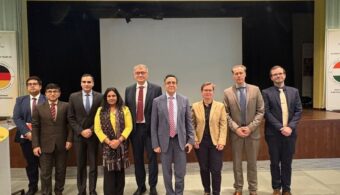India reached a major milestone in its semiconductor journey as Prime Minister Narendra Modi received the country’s first set of Made-in-India chips at the opening of Semicon India 2025 in New Delhi on 2 September. The chips, produced on a pilot line under the India Semiconductor Mission (ISM), were presented by Union IT Minister Ashwini Vaishnaw, marking a swift progression from approvals to production in just three-and-a-half years.
Semiconductor Mission Reaches Production Stage
 Union Minister Vaishnaw said the mission had been built on “trust, respect for intellectual property rights, and global partnerships.” He announced the creation of a Deep Tech Alliance, with a commitment of ₹8,803 crore (US$1 billion), beginning with semiconductors and later expanding to clean energy, biotechnology, quantum technologies, and space.
Union Minister Vaishnaw said the mission had been built on “trust, respect for intellectual property rights, and global partnerships.” He announced the creation of a Deep Tech Alliance, with a commitment of ₹8,803 crore (US$1 billion), beginning with semiconductors and later expanding to clean energy, biotechnology, quantum technologies, and space.
He added that India’s chip production was already 15–30% more cost-effective than global benchmarks. Twelve MoUs were signed at the event with industry and academic institutions to strengthen design, manufacturing, skills, and innovation.
Mr. Vaishnaw also reported that construction of five semiconductor units was underway, with one pilot line completed and two more expected to start production “in a few months.” “Overall, foundation of the foundational industry is laid very well,” he observed.
He urged global players to invest in India, saying: “In these uncertain times, you should come to India because our policies are stable, we have attempted to cover all important aspects of the manufacturing sector.”
Talent and Innovation on Display
The conference highlighted India’s growing talent pool. Twenty student-designed chips were showcased to the Prime Minister, along with 31 prototype chips from IITs, NITs, and other leading institutes. Currently, 78 universities are using advanced design tools, while more than 28 start-ups have progressed from project to product.
The microprocessors were designed by ISRO’s Vikram Sarabhai Space Centre and the Semiconductor Laboratory (SCL), Chandigarh. They were advanced versions of the indigenous 16-bit VIKRAM1601 microprocessor, which had been used in ISRO launch vehicles since 2009.
PM Modi: ‘Digital Diamonds Will Shape the 21st Century’
In his keynote, Prime Minister Modi said the presence of experts and CEOs from more than 40 countries alongside India’s young innovators sent a strong signal: “The World trusts India, the World believes in India and the World is ready to build the Semiconductor Future with India.”
Referring to chips as “digital diamonds,” he remarked: “Oil was black gold, but chips are digital diamonds. Oil shaped the previous century. The power of the 21st century is now concentrated in the small chip.”
He underlined that the global semiconductor market had already reached $600 billion and was set to surpass $1 trillion, adding that India was poised to capture a significant share of it.
Speed and Infrastructure
PM Modi highlighted the reforms that had sped up semiconductor approvals. “The shorter the time from file to factory, and the lesser the paperwork, the sooner wafer work can begin,” he said, pointing to the National Single Window System that streamlined clearances.
He noted that CG Power’s pilot plant had started operations on August 28, Kaynes was about to begin, and test chips from Micron and Tata were already in production. “Our journey began late… but nothing can stop us now,” the Prime Minister said, confirming that commercial chip production would begin within the year.
Towards a Full-Stack Semiconductor Ecosystem
PM Modi said India was building a complete semiconductor ecosystem, spanning design, manufacturing, packaging, and advanced device development. He pointed out that India contributed 20% of global semiconductor design talent and urged young entrepreneurs to seize the moment.
“Design is ready. Mask is aligned. Now is the time for precision execution and delivery at scale,” he told investors, assuring that India’s policies were long-term commitments. “The day is not far when the world will say: Designed in India, Made in India, Trusted by the World.”
Global Gathering at Semicon 2025
Semicon India 2025, inaugurated by Mr. Modi at Yashobhoomi, drew over 20,000 participants, including 2,500 delegates from 48 countries, 150 speakers, and 350 exhibitors. Sessions covered semiconductor fabs, advanced packaging, R&D, AI, state-level policies, and investment opportunities.
Union Ministers Jitin Prasada, Delhi CM Rekha Gupta, Odisha CM Mohan Charan Majhi, and several international dignitaries also attended, underscoring the scale of India’s semiconductor ambitions.



